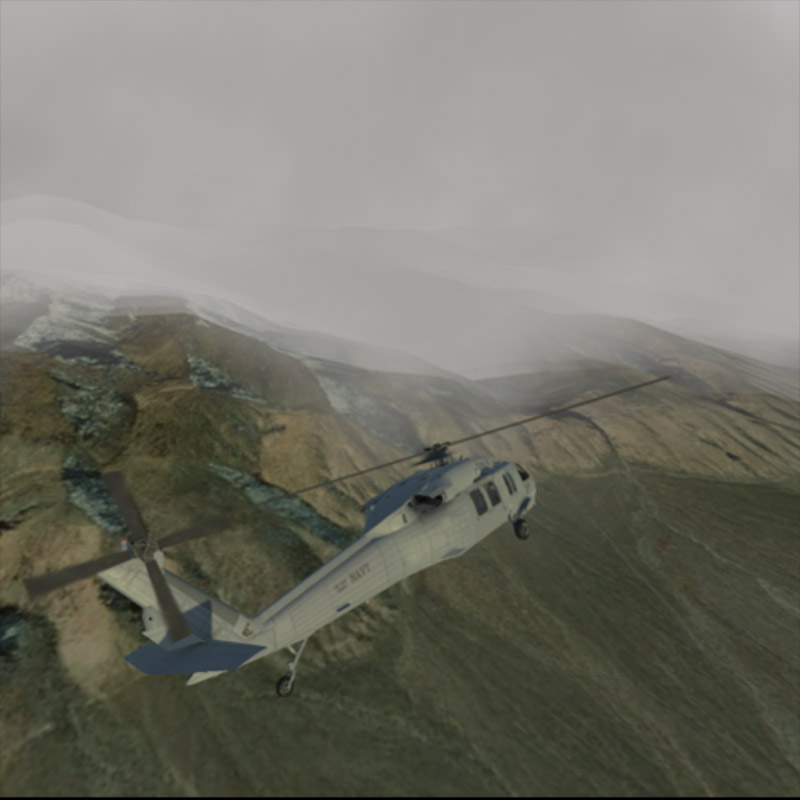The National Transportation Safety Board (NTSB) concluded the cause of Kobe Bryant’s helicopter crash was spatial disorientation. Orlando artificial intelligence experts at Accelint are addressing spatial disorientation in a pilot training simulation system for the U.S. Navy via the program: WingMAN.
In a report issued on February 9 by the NTSB, spatial disorientation was identified as the cause of the helicopter crash last year that killed Kobe Bryant, his daughter, and seven others. It is estimated to be a significant factor in five to ten percent of all aviation incidents; and is the single most common factor in human-error accidents, with statistics showing over ninety percent of all spatial disorientation incidents are fatal.

Accelint is working to improve spatial disorientation training under an effort funded by the Naval Air Warfare Center Training Systems Division (NAWCTSD).
NAWCTSD Commanding Officer Captain Tim Hill said, “Spatial disorientation is an exceptionally dangerous condition for aviators. In naval aviation, pilots are expected to fly in difficult conditions, which is why we invest so much in virtual training systems to help our aviators learn to identify, mitigate, and, if needed, recover from dangerous conditions such as spatial disorientation.”
WingMAN consists of a playback system that allows instructors to quickly virtually recreate flight events on a monitor, from multiple perspectives. This allows instructors, students, and naval aviation stakeholders to watch a flight event unfold as though watching it recreated in a movie. Instructors can quickly recreate all types of flight events, including mishaps, to help naval aviation stakeholders recreate critical events to help understand how and why they happened – and to help avoid mishaps in the future.
WingMAN is funded by a Small Business Innovation Research (SBIR) program and can be seen at Accelint, where an expert is on hand to discuss spatial disorientation and this training that helps pilots avoid incidents due to the issue.
